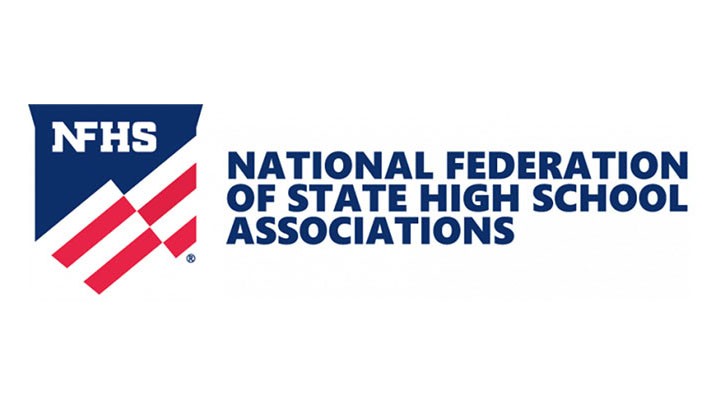In August, an aerosol study commissioned by the National Federation of State High School Associations (NFHS), the College Band Directors National Association (CBDNA) and a coalition of more than 125 performing arts organizations has generated a second set of preliminary results that provides further optimism for mitigating the impact of COVID-19 on performing arts activities.
Read the interview with Dr. James Weaver, NFHS Director of Performing Arts and Sports, below and learn more about the study.
Interview with James Weaver
Q: Share with us the goal/s of the aerosol study.
JW: This study was designed to identify performing arts activities that generate respiratory aerosols including volume, direction, and density. Also to estimate the emission rates of respiratory aerosol in performing arts activities. Then model the dispersion of these aerosols, and investigate mitigation strategies.
Q: What are the key takeaways?
JW: There are five key takeaways we have from the study so far. They are Mask, Distance, Time, Air Flow, and Hygiene:
- Masks: masking both the player and the instrument (with bell covers)
- Distance: Providing social distancing both indoors and outdoors
- Time: Keeping to 30 minute rehearsal both indoors and outdoors and providing time for the air to clear between 30 minute sessions
- Air Flow: Allow for plenty of air flow, know the Air Change Rate per Hour (ACH) of your rehearsal or performance space. If performing outdoors all 5 minutes of no playing or moving to allow the air to clear. If performing indoors allow for a minimum of 1 ACH, but preferably 3 ACH to occur prior to the next session.
- Hygiene: Be sure to not share instruments, disinfect high touch point areas such as door knobs and storage spaces. Students should become accustomed to washing their hands regularly and having hand sanitizer readily available.
Q: Talk to us about social distancing. What does the study suggest?
JW: Social distancing is very important. The CDC recommends six-foot social distancing and so far our study agrees with the six-foot recommendation providing the other mitigation strategies are executed in performing arts activities. The exception to this guidance right now is a recommending an additional three feet of space in front of the trombone, as we are needing to continue study of the extended slide positions.
Q: Explain the optimal environment for practice. Indoor or outdoor and why?
JW: Outdoors is the optimal environment. The ability to have a lot of fresh air that is always moving and mixing dilutes the aerosol from accumulating as easily as indoors. However, if an indoor environment has a high ACH and HEPA filtration it lower the risks in the room. But, outdoors is best.
Q: There is an emphasis on hygiene. What actions can students and teachers do to stay safe?
JW: The CDC has very good resources on surface disinfection and general washing. Students and teachers should use 70% alcohol solutions to disinfect high touch surfaces and teach the students to be helpful in keeping the surfaces clean and helping to wipe down surfaces as they use them.
Q: When can we expect the final report and do you expect the coalition to grow?
JW: The final report is due at the end of November to early December. We are very excited to receive and share the final report and continue to provide science-based guidance for our music educators. The coalition has been incredible and has grown to over 125 organizations world-wide. We are very fortunate for this kind of support throughout the performing arts community.

